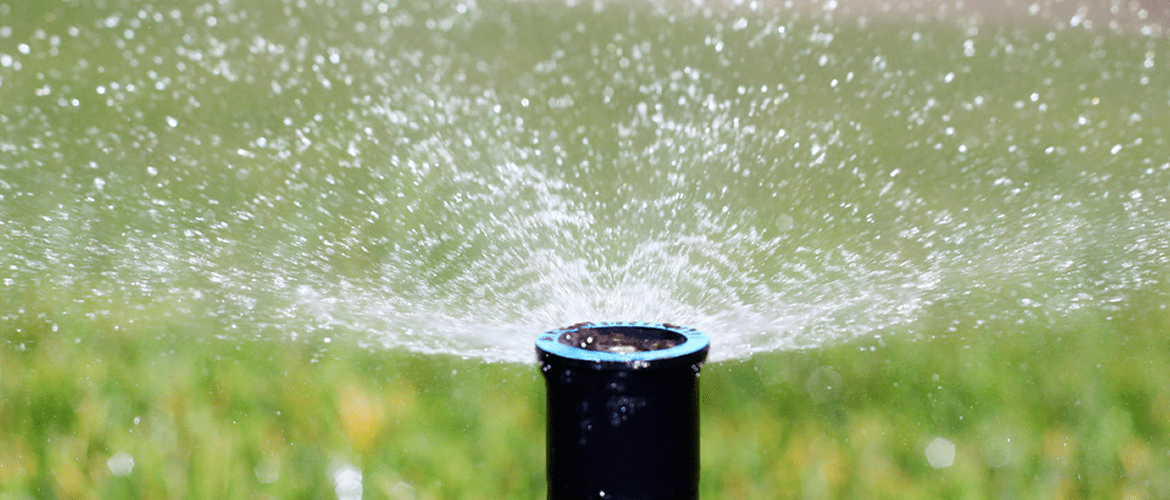DROUGHT TOLERANT LAWNS – SOUTHERN CALIFORNIA
The last few weeks, we talked about various turf options. In addition to selecting a drought tolerant turf, you can additional use seeding applications that are designed to withstand longer periods between watering.
We use products from Aqua Wise.
Aqua Wise develops grass seeds that have been subjected to a science-based method that qualifies cultivars for drought tolerance and other characteristics related to water conservation.
“Aqua Wise” brand products have been bred and tested to withstand longer periods of drought stress. The testing involves the establishment of the turf grass under optimal conditions allowing the full expression of above-ground and below ground growth followed by the imposition of a long term water deficit stress. During the development of drought stress, turf grass plots are monitored for their ability to maintain green cover, a process which identifies those cultivars with either low water use or extensive root systems. Cultivars or selections that maintain green cover for longer periods can reduce overall water needs.
Studies are conducted in approved structures that restrict natural rainfall on the plot area during the drought stress period. Planting rates for each species reflect industry standards. Following establishment, each species is maintained appropriately and fertilized according to standard practices. Plots are maintained for a single growing season prior to initiating drought stress. Drought stress is replicated for two years in one location, or one year at multiple locations. The response of entries to drought stress is evaluated two times weekly using digital image analysis techniques to quantify the percent of green turf cover for each plot as drought becomes more severe.
When all plots fall below a 25% green turf cover, the experimental area is saturated to initiate drought recovery. Thereafter, the experimental area is irrigated weekly and recovery of entries from drought evaluated weekly using digital image analysis until plots reach 100% green cover.
Drought tests are conducted by the Turf Grass Water Conservation Alliance (TWCA). This non-profit organization has established a science-based method for qualifying cultivars for drought tolerance and other characteristics related to water conservation of grass seeds at low cost.
WHAT GRASS ARE CURRENTLY AVAILABLE?
PERENNIAL RYYEGRASS: MANHATTAN 5 GLR,
TALL FESCUE BLEND: TRIPLE CROWN EXTREME
Canyon Hydroseeding provides Aqua Wise brand seeds for new lawn applications. Call us for a quote today!
ON TO LAWN IRRIGATION…
Water-Efficient Irrigation Systems and Practices
According to the EPA, with common watering practices, a large portion of the water applied to lawns and gardens is not absorbed by the plants. It is lost through evaporation, runoff, or by watering too quickly or in excess of the plants’ needs. Efficient irrigation systems and practices reduce these losses by applying only as much water as is needed to keep your plants and lawn healthy.
Irrigating lawns, gardens, and landscapes can be accomplished either manually or with an automatic irrigation system.
- Manual watering – Manual watering with a hand-held hose tends to be the most water-efficient method, as households that manually water with a hose typically use 33 percent less water outdoors than those who use an automatic irrigation system. Households with automatic timers use 47 percent more water; those with in-ground sprinkler systems use 35 percent more water; and those with drip irrigation systems use 16 percent more water than households that manually water.
- Automatic irrigation systems – Drip-type irrigation systems, including water efficient spray heads, are considered the most efficient of the automated irrigation methods because they deliver water directly to the plants’ roots. In-ground sprinkler and drip irrigation systems need to be operated and maintained properly to be water-efficient. Install system controllers such as rain sensors that prevent sprinklers from turning on during and immediately after rainfall, or soil moisture sensors that activate sprinklers only when soil moisture levels drop below pre-programmed levels.
- While controllers come in all types of shapes and sizes, the most important features are how well they can be programmed to handle diverse landscape and weather conditions. Consider purchasing one with a weather-based controller. It is also important to revise your watering schedule as the seasons change. Over-watering with automated sprinklers is most common during the spring and fall because irrigation schedules are set to summer watering needs.
- Next week, our final post for this series, we will continue to discuss irrigation options and best practices then wrap up with some final tips for a water wise, beautiful California lawn.


